Understanding Multi-Factor Authentication
MFA is a security measure that requires users to provide multiple forms of verification before accessing an account, application, or system. It goes beyond the traditional username-password combination by adding one or more authentication factors from different categories: something the user knows (knowledge), something the user has (possession), and something the user is (inherence). Let's explore the different types of authentication factors that make up MFA:

The Power of Layered Security
By combining these factors, MFA creates a multi-layered security approach that significantly reduces the risk of unauthorized access. Even if one factor is compromised, the attacker would still need to bypass the other factors to gain entry. This makes it exponentially harder for cybercriminals to breach your accounts.
Benefits of Multi-Factor Authentication

Enhanced Security

Mitigation of Password Risks
As passwords are often the weakest link, MFA mitigates the impact of stolen or weak passwords.

Regulatory Compliance
Regulatory Compliance

User Convenience

Business Continuity
Business Continuity
Implementing Multi-Factor Authentication
Implementing MFA involves selecting appropriate authentication factors and integrating them into your systems. Depending on your organization's needs and user preferences, you can choose from a range of methods, including one-time passcodes, biometric scans, smart cards, and more. MFA solutions are flexible and can be integrated seamlessly into various applications and platforms.
Use Cases for Multi-Factor Authentication
MFA is applicable across various scenarios, including:

